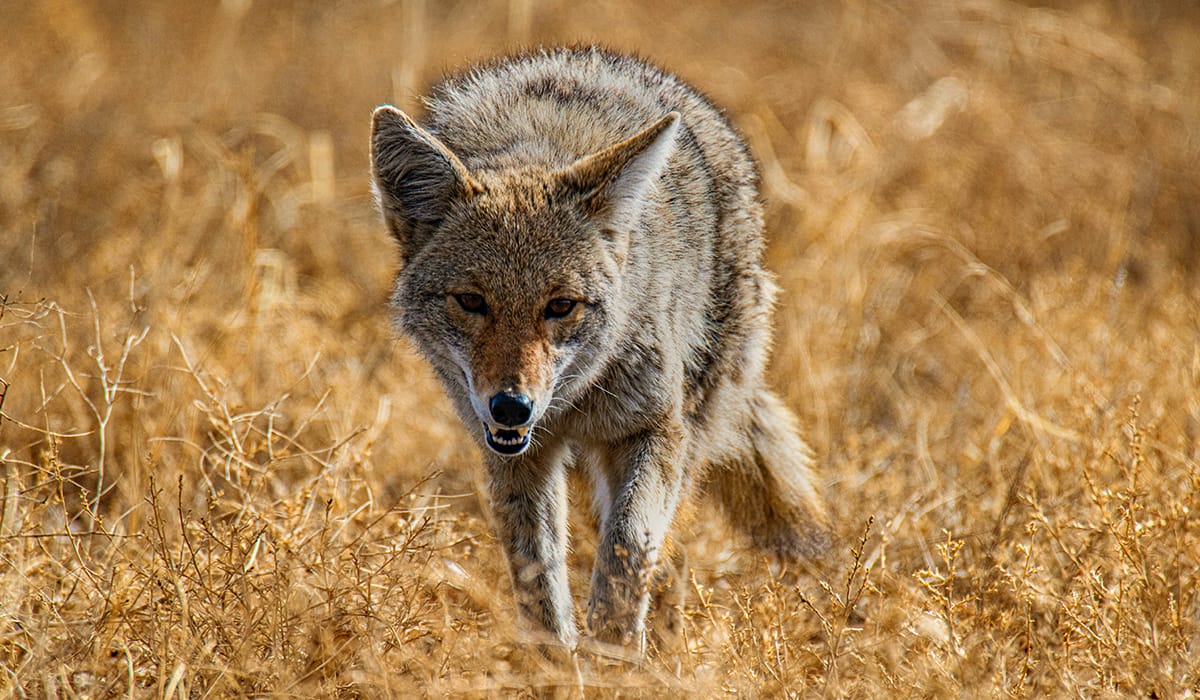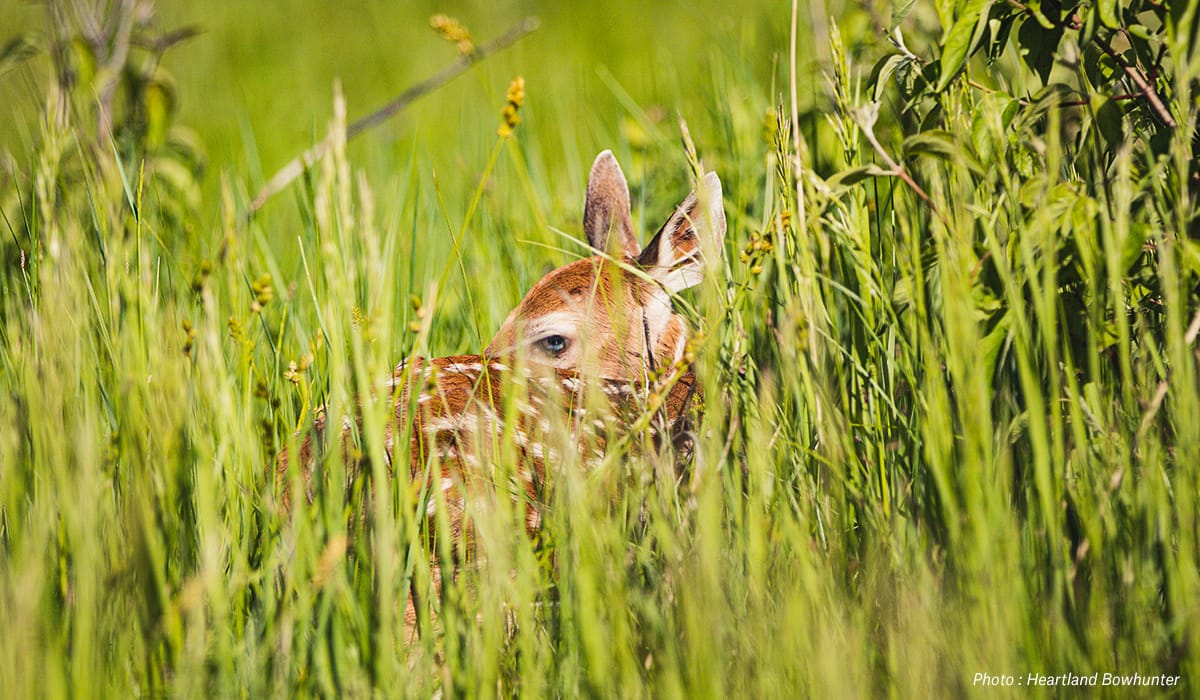Predators get a lot of press—sometimes for good reasons and sometimes not. As we discuss predator and possible predator control in terms of land management for better deer populations, we should consider the question: do predators really kill off too many deer?
We contacted the National Deer Association’s Chief Conservation Officer Kip Adams to help us tackle this question and take a closer look at predators and their impacts on deer.
Predators vs. Fawn Survival
“There’s no doubt predators eat fawns,” says Adams, “but it’s the impact on the population that we have to monitor.” Central to the topic of predators versus fawn survival is whether predators eat more fawns than would already die of other causes.
“Fawns die due to disease, starvation, vehicle accidents, and more,” says Adams. But if you look at the studies published over the last three decades, as the NDA quotes in this article, “90 percent of survival studies over the past 30 years have documented predation as the leading source of mortality for fawns.” The logical conclusion would be that if a state, or a property owner, or a hunter reduces the number of predators around then more fawns would survive. But that might not be true.
In the last 15 years, survival studies are showing fawn survival rates between 33 and 68 percent. When trying to correlate better fawn survival to increased predator control, there is no dependable line between the two.
“Fawn survival in Delaware (a state nearly absent of fawn predators) is similar to other states with abundant predators. This shows many fawns are destined to die early regardless of whether or not predators kill them,” says Adams.
Ask a hunter which predator kills the most deer and you’ll likely hear “coyotes.” “The major fawn predators are coyotes and black bears,” agrees Adams. “Bobcats are a distant third.” But when we look at the state of South Carolina, for instance, a study published in The Journal of Wildlife Management showed intensive coyote removals (by as much as 78 percent) were ineffective at increasing fawn survival.
Even in the West, another study conducted in Wyoming and Utah found that eliminating coyotes was not the key to improving mule deer populations, though it did have a positive effect on pronghorn populations.

Predator Control or Better Land Management?
In order to better manage deer populations and improve fawn recruitment, many use the analogy of a three-legged stool, where each leg is integral for bearing weight. Through this analogy, predator control is considered to be one of the three legs, alongside herd management (specifically harvesting antlerless deer), and habitat or land management.
In a comprehensive article for the NDA, Matt Ross writes that “predator control works…sometimes.” He found no shortage of conflicting evidence published over the previous decade that argues predator control works, but also it doesn’t. Just like the previously mentioned studies, there are examples that taking predators out of the equation doesn’t add up to more deer or a healthier herd. In short, Ross writes that “even in the absence of predators, many fawns still die,” and at best “predators may simply be removing the ‘doomed surplus’—the fawns that would have died regardless of predator intervention.”

So what about the other legs of the stool?
“Good habitat management is the best way to give fawns their best chance for survival,” says Adams. “Good habitat management helps ensure does are well-nourished so they can provide abundant milk for fawns and it helps ensure fawns have good places to hide from predators.”
There’s clear evidence that good land management practices will help foster a healthy whitetail herd. This means staying on top of quality cover, browse, and the right food plots. Keep tuning into onX’s monthly Whitetail Report—for August we will be covering fall food plots, which are vital energy sources for deer as they head toward the rut.
~~~
Still curious about predators and their effect on deer? Tune in to the August episode of NDA’s Beer & Deer Webinar. Their guest will be Auburn University’s Will Gulsby discussing “The Predator Trap: Challenging Traditional Thinking on Predator Management for Deer.”